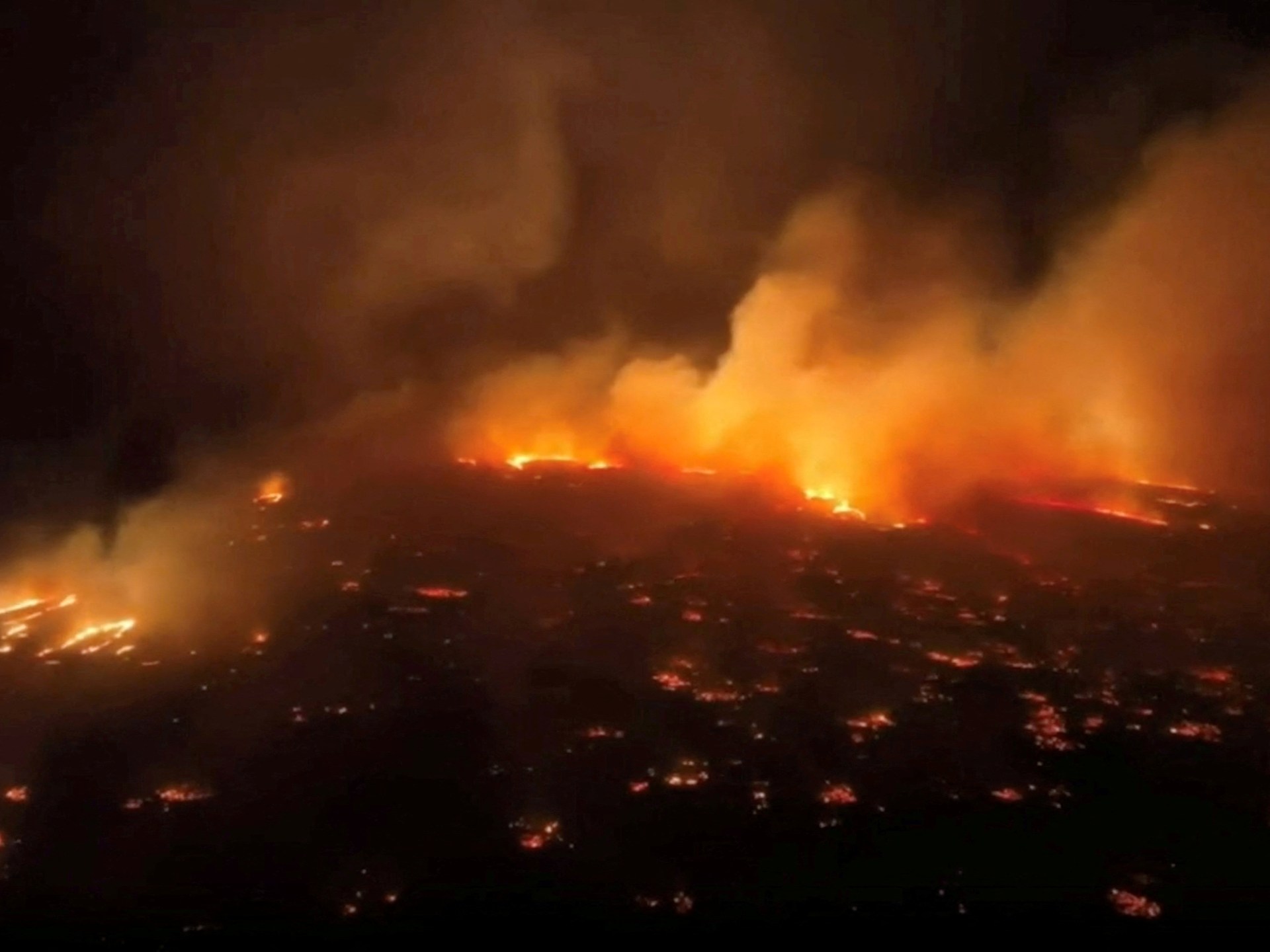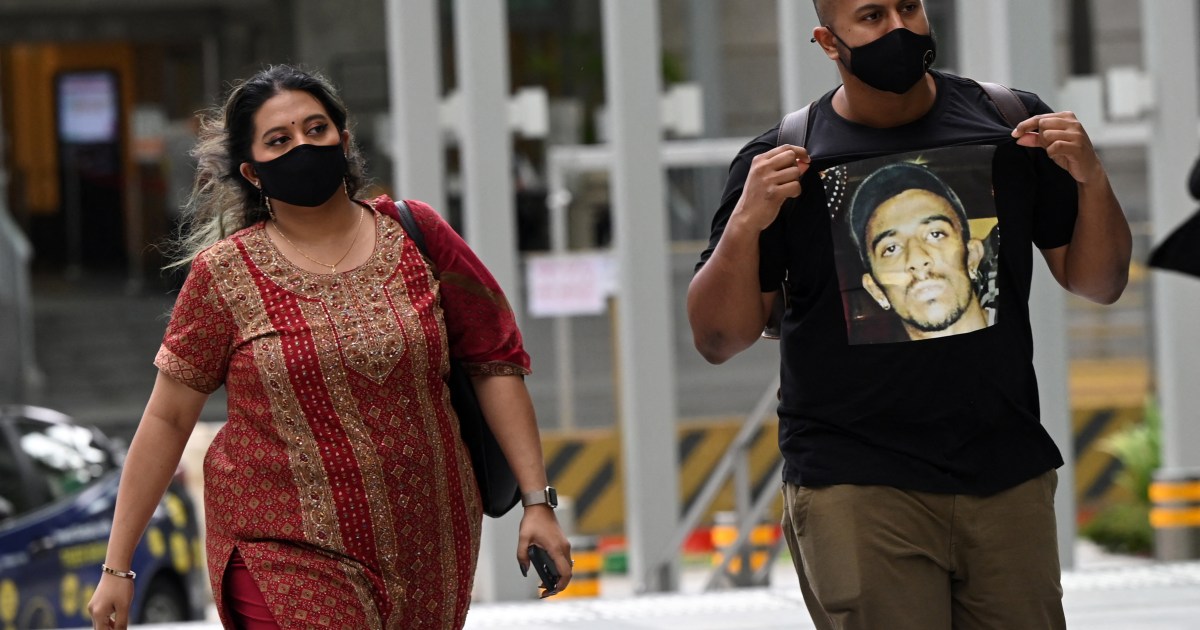What is the environmental impact of the fires on Hawaii’s Maui island? | Environment News
The fast-moving wildfires on Hawaii’s Maui island have killed at least 55 people, a toll expected to rise, and unleashed destruction on the resort town of Lahaina that is expected to last for years and cost billions of dollars.
Some 1,700 buildings are believed to have been affected by the fires, fuelled by high winds caused in part by Hurricane Dora moving hundreds of kilometres to the south of the island state of the United States.
“What we’ve seen today has been catastrophic,” Governor Josh Green told reporters on Thursday. “We’re talking about the largest natural disaster of this generation in Hawaii.”
As officials began to map out a plan to shelter the newly homeless in hotels and tourist rental properties, Green said it is going to take “many years to rebuild Lahaina”, a town that draws two million tourists each year, or about 80 percent of the island’s visitors.
“It will be a new Lahaina that Maui builds in its own image with its own values,” Green added.
But the effects on the environment in Maui are also expected to be significant.
Experts say the fires are likely to transform the landscape in unwanted ways including hastening erosion, sending sediment into waterways and degrading coral that is critically important to the marine life and the humans who live nearby.
Here is what you need to know about the impact of the fires:
Drinking water
Experts say wildfires can contaminate private wells and water systems including municipal ones.
Private wells are usually shallow and therefore easily affected by fire. Municipal systems also can be affected when fire damages distribution systems.
Pressure drops could lead to contaminated water backing up, sucking in smoke, soot, ash and vapours that penetrate plastics, gaskets and other materials.
“They leach out slowly into the clean water you’ve just put in, making that clean water unsafe,” Andrew Whelton, a professor of civil engineering and environmental and ecological engineering at Purdue University, told The Associated Press news agency.
Landscape and soil
Invasive and fire-prone grass species have moved in over time and during a fire, they can burn into native forests, which means the forests are replaced by more grass.
The soil burns and sloughs off, leading to massive post-fire erosion that smothers coral, affects fisheries and reduces the quality of the ocean water.
The dust can blow for years, harming human health.
“When you lose your soil, it’s really hard to restore and replant. And then the only thing that can really handle living there in many cases are more of those invasive species,” Elizabeth Pickett, co-executive director of the Hawaii Wildfire Management Organization, told AP.
Ocean
Land-based contaminants run off into the ocean, affecting coral reefs and the marine ecosystem.
The burning of homes, commercial structures, cars and trucks make any run-off worse by concentrating synthetic materials in the stream.
Jamison Gove, a Honolulu-based oceanographer with the National Oceanic and Atmospheric Administration, said the impact was more severe in environments where there is a short distance between the affected area and the sea.
He noted that Lahaina’s coastal location meant “a minimal distance” for the materials to reach the ocean.
This was bound to have repercussions on the coral reef. “Coral reefs provide coastal protection, they provide fisheries, they support cultural practices in Hawaii,” Gove said. “And the loss of reefs just has such detrimental consequences to the ecosystem.”




